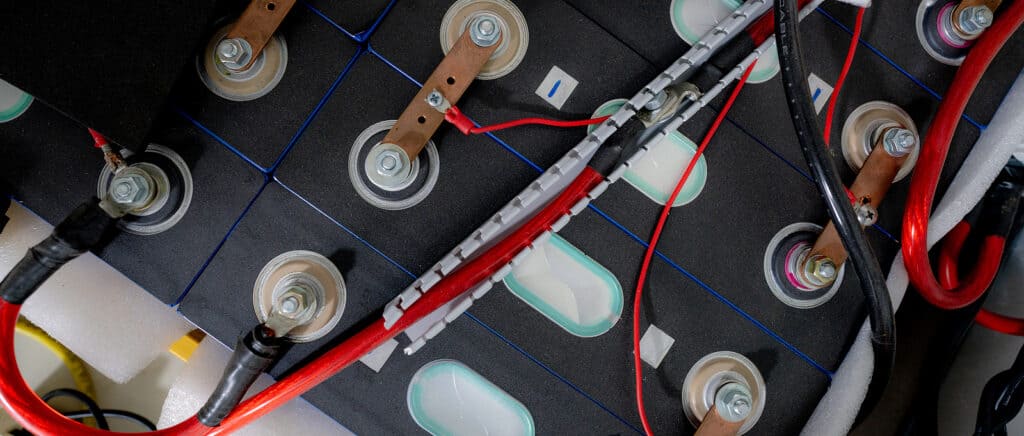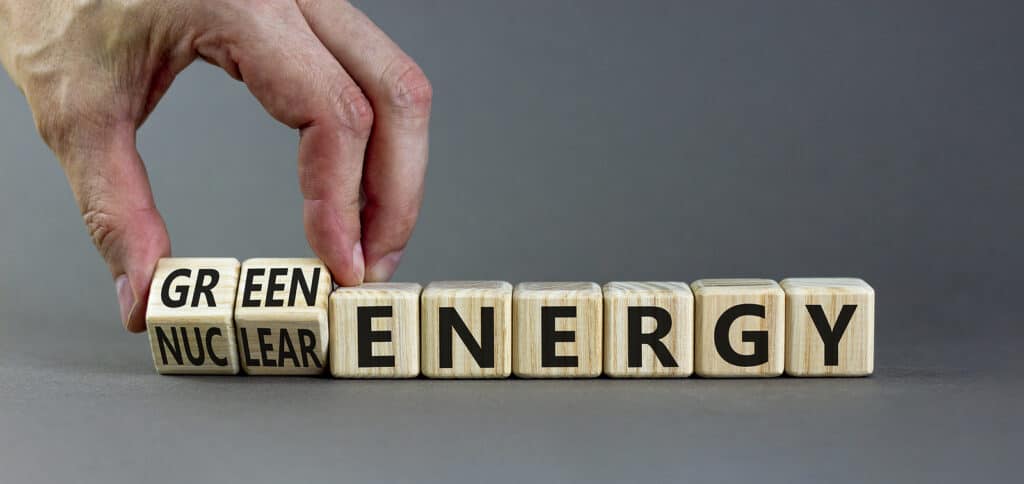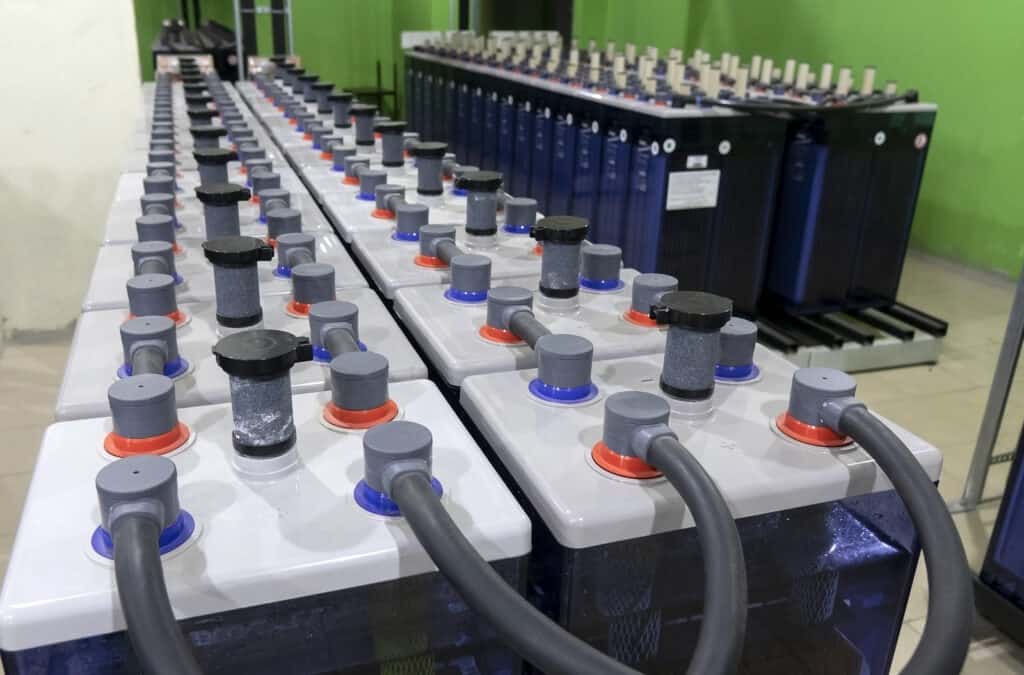Lavo Energy Storage and Samsung Energy Storage
The green energy revolution has arrived, and as a homeowner, I am thrilled to be part of this transformative movement. With the advent of innovative energy storage systems, I can now rely on cutting-edge technology to ensure backup power for my household. These advanced solutions are revolutionizing the way we store and utilize renewable energy, offering peace of mind and sustainability in one package.
In times of power outages, I no longer have to worry about being left in the dark. With the installation of an energy storage system, I can tap into the stored power during emergencies, ensuring an uninterrupted electricity supply to essential appliances and devices. Whether it's a storm, a grid failure, or any other unforeseen event, I can count on these systems to provide reliable backup power, keeping my household functioning smoothly.
What is Energy Storage and Why is it Important?
Energy storage is a crucial aspect of the modern energy landscape, especially in the context of renewable energy sources such as wind and solar power. It involves the process of capturing and storing energy generated at one point in time for later use, thus enabling a more efficient and effective utilization of electricity.
The importance of energy storage stems from its ability to address the inherent intermittency of renewable energy sources. Unlike traditional fossil fuel power plants, which can generate electricity consistently, renewable sources like wind and solar power are dependent on environmental conditions such as wind speed or sunlight availability. This variability poses a challenge to maintaining a steady and reliable power supply.
By integrating energy storage systems into the renewable energy infrastructure, the fluctuations in power generation can be mitigated. Excess energy produced during periods of high generation can be stored for use during periods of low generation, effectively bridging the gap and ensuring a more consistent supply of electricity. This capability enhances the stability and reliability of renewable energy systems, making them more viable for large-scale deployment.

Delving into the Intricacies of Lavo Green Energy Storage System
Lavo battery, an innovative Australian tech company, has made significant strides in the field of energy storage and is gaining global recognition for its pioneering work. With their groundbreaking integrated hybrid hydrogen energy storage system, Lavo is revolutionizing the way we store and utilize electricity.
Lavo's Cutting-Edge Hydrogen Energy Storage System
At the core of Lavo's groundbreaking energy storage system lies the utilization of hydrogen storage material and method as a storage medium for electricity generated from solar panels. Unlike conventional battery systems, Lavo's solution boasts an impressive capacity, allowing it to store three times more energy for considerably longer durations.
Primarily designed to replace traditional solar batteries in residential and commercial settings, lavo hydrogen battery cost operates by employing the power generated by solar panels to facilitate electrolysis—a process that involves splitting water into its constituent elements of hydrogen storage alloy and oxygen. The resulting hydrogen is then securely stored within Lavo's patented metal hydride ‘sponge,' offering a safe and reliable reservoir of energy that can be tapped into as needed.
Lavo's Commitment to Environmental Sustainability
Beyond its remarkable energy storage capabilities, Lavo places a strong emphasis on environmental sustainability. Their system stands out for its ability to operate without generating any harmful emissions, making it an eco-friendly alternative to traditional energy storage solutions. Additionally, the metal hydride utilized in Lavo's system can be recycled at the end of its life cycle, further reinforcing its green credentials and minimizing environmental impact.
By combining cutting-edge technology with a steadfast commitment to sustainability, Lavo is paving the way for a cleaner, more efficient energy future. Their innovative approach to energy storage not only offers enhanced capacity and longevity but also provides a greener alternative that aligns with the global transition toward renewable energy sources samsung sdi ess.
Samsung Energy Storage: Innovation at Its Best
Samsung, a renowned global technology giant, has played a pivotal role in driving forward the frontiers of energy storage technology. One of their key divisions, Samsung SDI, has made significant investments in the development of highly efficient and reliable energy storage systems (ESS), cementing their position as a leading innovator in this domain.
Samsung SDI's Remarkable Lithium-Ion Battery Technology
At the heart of Samsung's energy storage prowess lies the remarkable advancements made by their SDI division in lithium-ion battery technology. The company has successfully engineered high-capacity batteries that exhibit exceptional durability, positioning them as a frontrunner in the market. These advanced lithium-ion batteries are particularly well-suited for grid storage applications, enabling the effective utilization of renewable energy sources such as solar and wind power, even during unfavorable conditions.
Samsung's Emphasis on Sustainability
Samsung's commitment to energy storage goes beyond technological breakthroughs; they are equally dedicated to sustainability considerations. Recognizing the need for responsible practices, the company has placed a significant emphasis on ensuring the recyclability and eco-friendliness of their lithium-ion batteries. By designing their batteries with recyclability in mind, Samsung is actively contributing to a more sustainable future by reducing electronic waste and minimizing environmental impact.
Through their relentless pursuit of innovation and their conscious efforts towards sustainability, Samsung has positioned itself as a key player in the energy storage landscape. By delivering cutting-edge lithium-ion battery solutions that enhance grid reliability and enable the widespread adoption of renewable energy, Samsung is actively shaping a more sustainable and efficient energy future.

The Technology Behind Energy Storage
Energy storage technologies are essential components in the management of power supply, ensuring reliable electricity delivery, and facilitating the integration of renewable energy sources. Currently, two prominent technologies dominate the energy storage landscape: lithium-ion batteries and hydrogen energy storage. Let's delve into the intricacies of each:
Lithium-Ion Batteries
Lithium-ion batteries are widely recognized and extensively used for energy storage applications. They function by storing electrical energy as chemical energy, which can be efficiently converted back to electricity when required. The key features of lithium-ion batteries include:
- High Energy Density: Lithium-ion batteries offer a remarkable energy density, meaning they can store a significant amount of energy in a compact and lightweight form. This characteristic makes them suitable for diverse applications ranging from portable electronic devices to large-scale energy storage systems.
- Rapid Energy Release: Another advantage of lithium-ion batteries is their ability to quickly release stored energy when needed. This feature enables them to respond swiftly to fluctuations in power demand and supply, contributing to the stability of the electrical grid.
- Scalability: Lithium-ion batteries can be scaled up or down to meet different storage requirements, making them adaptable to various applications, from residential solar installations to utility-scale projects.
Hydrogen Energy Storage
Hydrogen energy storage employs a different approach by utilizing electrolysis, a process that involves splitting water into hydrogen and oxygen. The hydrogen produced is then stored for future use in electricity generation. Here are key aspects of hydrogen energy storage:
- Long-Term Storage: Hydrogen demonstrates excellent potential for long-term energy storage due to its high energy density. It can efficiently store large amounts of energy over extended periods, making it suitable for applications where prolonged storage is required.
- Versatile Applications: Hydrogen can be utilized in various energy conversion technologies, including fuel cells and gas turbines, enabling its use in multiple sectors such as transportation, industrial processes, and power generation.
- Green Energy Carrier: Hydrogen has the advantage of being a clean and emissions-free energy carrier. When generated through renewable sources like wind or solar power, it ensures a sustainable and environmentally friendly approach to energy storage.

Importance of Energy Storage in Renewable Energy
Energy storage plays a pivotal role in the development and optimization of renewable energy systems. By addressing the intermittent nature of renewable sources like wind and solar power, energy storage technologies provide crucial benefits that promote the widespread adoption and enhanced efficiency of renewable energy. Let's explore the key reasons why energy storage is of paramount importance in the renewable energy landscape:
Mitigating Intermittency Challenges
Renewable energy sources are inherently intermittent, as their output depends on environmental conditions such as sunlight or wind speed. This variability poses challenges in maintaining a consistent and reliable power supply. Energy storage provides a means to capture and store excess energy generated during periods of high production and release it during periods of low production. This balancing effect minimizes the impact of intermittency, ensuring a stable and uninterrupted power supply.
Smoothing Peak Load Demands
Energy storage systems are instrumental in managing peak load demands. By storing excess energy during periods of low demand and releasing it during peak usage times, energy storage helps alleviate strain on the grid. This reduces the need for costly infrastructure expansions and enhances the overall stability and reliability of the electricity supply.
Facilitating Grid Flexibility
Energy storage technologies enable grid operators to efficiently manage fluctuations in electricity generation and demand. By integrating energy storage systems into the grid infrastructure, renewable energy can be dispatched according to demand, allowing for greater flexibility and optimized utilization of available resources. This dynamic approach improves grid resilience and responsiveness.
Unlocking Renewable Energy Potential
Energy storage unlocks the full potential of renewable energy resources by maximizing their utilization. Excess energy generated during periods of high production, when demand may be low, can be stored for use during periods of low production or increased demand. This ensures that renewable energy is not wasted and can be harnessed when needed, increasing overall system efficiency and reducing reliance on fossil fuels.
Supporting Decentralized Energy SystemsEnergy storage empowers the development of decentralized energy systems. By coupling energy storage with distributed renewable energy sources, such as rooftop solar panels or local wind farms, communities can become more self-sufficient and resilient. Energy generated locally can be stored and used onsite, reducing transmission losses and enhancing energy independence.
Comparing Lavo and Samsung Energy Storage Solutions
When it comes to energy storage, Lavo and Samsung present distinct approaches, each utilizing different technologies. Let's delve into the details of their solutions to gain a better understanding of their respective strengths and limitations:
Lavo's Hydrogen Energy Storage System:
- Longer Lifespan: Lavo's innovative hydrogen energy storage system boasts a longer lifespan compared to conventional lithium-ion batteries. This durability ensures reliable performance over an extended period, making it a suitable choice for long-term energy storage needs.
- High Storage Capacity: Lavo's system offers a higher storage capacity, enabling it to store larger amounts of energy. This makes it particularly well-suited for applications requiring substantial energy reserves, such as utility-scale projects or long-duration storage requirements.
- Potential Limitations: However, Lavo's hydrogen energy storage system may face challenges in terms of complexity and cost. The technology involved in producing and storing hydrogen can be intricate, which may limit its accessibility and widespread adoption, especially in smaller-scale applications or regions with limited infrastructure support.
Samsung's Lithium-Ion Battery Solution:
- Versatility and Scalability: Samsung's reliance on advanced lithium-ion batteries offers versatility and scalability. These batteries are already widely adopted and well-established in the energy storage market. They can be easily integrated into various applications, ranging from small residential systems to large-scale grid-level installations.
- Immediate Availability: Samsung's lithium-ion batteries are readily available, allowing for quicker deployment and implementation in energy storage projects. Their existing market presence and established supply chains make them a practical choice for meeting immediate energy storage demands.
- Long-Term Sustainability Considerations: While lithium-ion batteries offer numerous benefits, including high energy density and rapid discharge capabilities, they may have shorter lifespans and lower storage capacities compared to Lavo's hydrogen energy storage system. This aspect raises considerations about the long-term sustainability and overall cost-effectiveness of using lithium-ion batteries for extended-duration storage applications.
The Future of Energy Storage
The transition towards renewable energy sources is gaining momentum worldwide, underscoring the critical need for robust and efficient energy storage solutions. In this context, companies such as Lavo and Samsung are leading the charge, driving innovation and revolutionizing the landscape of renewable energy storage. Here's a closer look at how these companies, along with others, are shaping the future of energy storage:
Lavo's Integrated Hybrid Hydrogen Energy Storage
Lavo's groundbreaking misc gadgets hydrogen energy storage system represents a leap forward in energy storage technology. By utilizing hydrogen as a storage medium, Lavo is paving the way for reliable, high-capacity, and long-duration energy storage. Their innovative approach, with its potential for scalability, durability, and sustainability, sets the stage for a future where hydrogen plays a central role in energy storage.
Samsung's Advanced Lithium-Ion Battery Technology
Samsung, a global tech giant gadgets misc, is making significant strides in energy storage with its advanced lithium-ion battery technology. With a focus on high-capacity and durable batteries, Samsung is driving the adoption of reliable and efficient energy storage solutions. These batteries, already widely recognized and utilized, are expected to continue evolving, offering improved performance, enhanced energy density, and longer lifespans.
Expansion of Redox Flow Batteries
Redox flow batteries have garnered considerable attention due to their potential for long-duration energy storage and scalability. These batteries utilize chemical reactions to store and release energy, making them well-suited for large-scale applications. Companies like Rongke Power and Sumitomo Electric are actively developing and commercializing redox flow battery systems, further advancing the field of energy storage.
The emergence of Solid-State Batteries
Solid-state batteries, with their potential for higher energy density, improved safety, and faster charging capabilities, hold immense promise for energy storage applications. Companies like QuantumScape and Solid Power are at the forefront of solid-state battery development, aiming to overcome existing limitations and bring this technology to commercial viability. The advent of solid-state batteries could revolutionize the energy storage landscape, providing more efficient and sustainable solutions.
Integration of Artificial Intelligence and Machine Learning
The future of energy storage will likely involve the integration of artificial intelligence (AI) and machine learning (ML) techniques. These technologies can optimize energy storage systems by analyzing data, predicting energy demand, and dynamically managing storage resources. By leveraging AI and ML algorithms, energy storage systems can be fine-tuned for optimal performance, enhancing efficiency and reliability.
Advancements in Supercapacitors
Supercapacitors, with their ability to charge and discharge rapidly, offer high power density and longevity. Ongoing research and development efforts aim to improve the energy density of supercapacitors, making them viable alternatives or complementary components to traditional battery technologies. Companies like Skeleton Technologies and Maxwell Technologies are pushing the boundaries of supercapacitor technology, offering innovative solutions for energy storage applications.
And here is a video for the Future of energy storage
Conclusion: Pioneering the Future of Renewable Energy
As I reflect on the incredible advancements in energy storage technology, I am filled with hope and excitement for the future. The green energy revolution is not just a distant dream but a tangible reality that is transforming the way we generate, store, and utilize renewable energy.
Companies like Lavo and Samsung are at the forefront of this revolution, pioneering groundbreaking solutions that are reshaping the renewable energy landscape. Their dedication to innovation, sustainability, and reliability is empowering homeowners like me to embrace a greener and more resilient energy future.
With energy storage systems, I no longer have to worry about power outages disrupting my daily life. The ability to rely on stored energy during emergencies provides me with peace of mind and ensures that my household remains powered, even in the face of adversity on score re.

